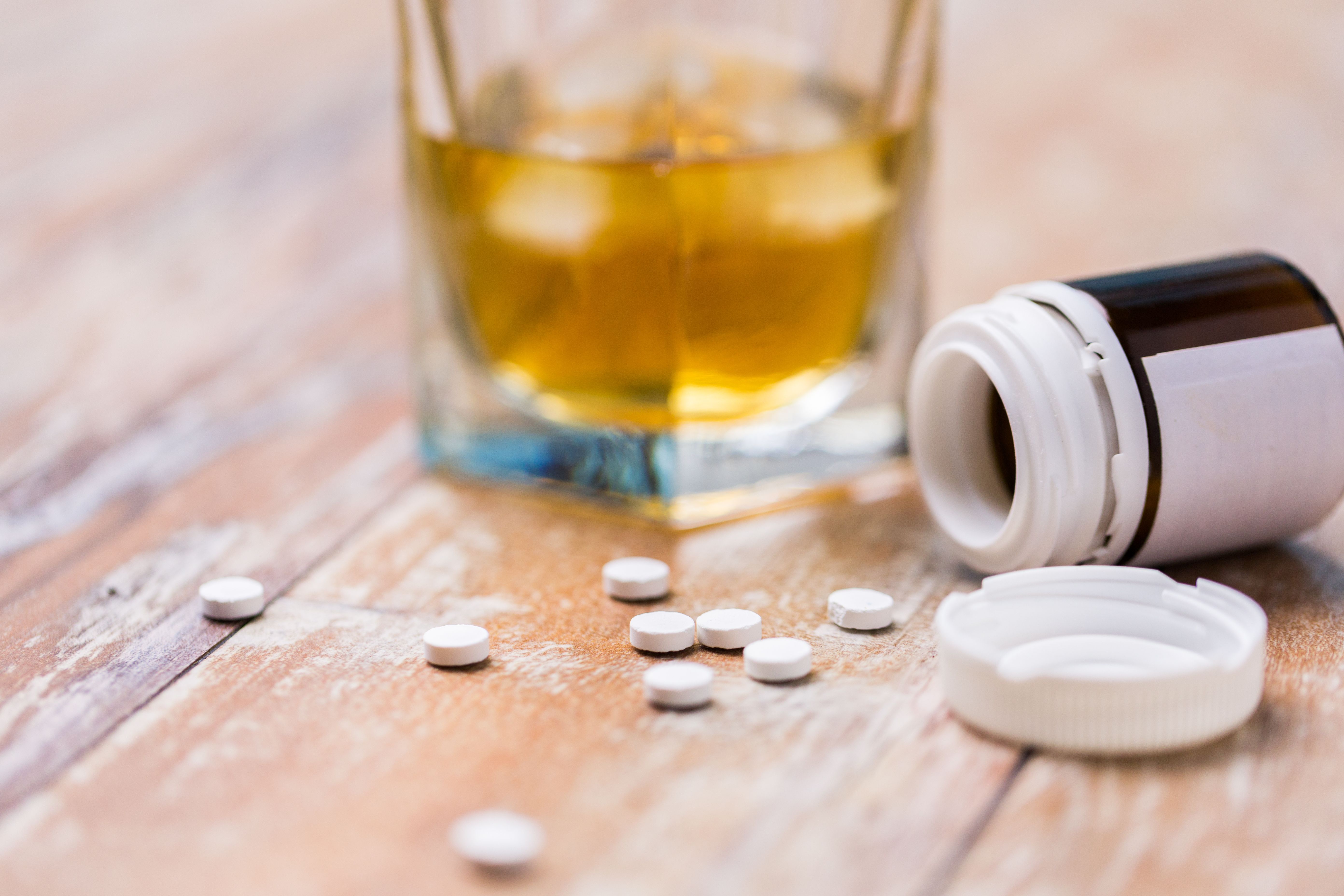How Do Treatments for Bipolar Disorder and SUD Affect One Another?
An expert discusses the connections between the 2 highly comorbid diseases and some ways to effectively treat both diseases simultaneously.
Syda Productions_AdobeStock

CONFERENCE REPORTER
An expert gave a presentation on the connections between bipolar disorder and substance use disorders (SUDs) at the 2023 University of New Hampshire (UNH) Department of Nursing Psychiatric-Mental Health Nurse Practitioner (PMHNP) program’s inaugural Psychopharmacology Conference on September 16.
In the presentation, speaker Stephanie Nichols, PharmD, MPH, BCPS, BCPP, FCCP, described the epidemiology of SUDs in patients with bipolar disorder; discussed some common etiologies between SUDs and bipolar disorder, including genetic, environmental, and socioeconomic factors; and shared some ways SUDs impact the treatment of bipolar disorder and some ways bipolar disorder impacts the treatment of SUDs.1 Nichols is an associate professor at the University of New England School of Pharmacy.
Nichols began by discussing the prevalence of SUDs in individuals with bipolar disorder, stating that 26% to 43% of individuals with bipolar disorder have SUDs, and individuals with bipolar disorder are 5 times more likely to use illicit substances. More specifically, among individuals with bipolar disorder, 70% use cannabis, 35% to 70% have alcohol use disorder, 31% to 66% smoke, 20% to 30% have cannabis use disorder, and 6% have opioid use disorder.1
Nichols then discussed 5 of the most common reasons individuals with bipolar disorder say they use substances,1 as shared by participants in a series of qualitative, semi-structured interviews conducted by Healey, et al.2
- Experimenting in the early course of the illness: Participants cited using alcohol and cannabis to counter symptoms of depression and mania, respectively.
- Living with a serious mental illness: Participants said they consumed alcohol to self-medicate for symptoms of mania, anxiety, and depression.
- Enjoying the effects of substance use: Participants said cannabis and drugs such as cocaine helped them feel self-enhanced and euphoric, respectively.
- Feeling normal again: Participants shared that drinking alcohol sparingly in addition to taking psychiatric medication helped them maintain a sense of normalcy, and that alcohol helped decrease their stress.
- Managing stress: Patients revealed that drinking alcohol helped them sleep during particularly stressful times, cope with personal loss, and self-treat their feelings of depression.
Nichols then discussed the effects of SUDs on the treatment of bipolar disorder, noting that SUD use can lead to decreased medication adherence and that patients may inappropriately substitute their medications with substances. She also noted that, while alcohol and cannabis can precipitate depressive episodes and stimulant use can precipitate manic episodes, psilocybin and ketamine may help treat depressive episodes.1
Nichols also discussed the effects of bipolar disorder on the treatment of SUDs, stating that the instability of bipolar disorder is magnified by substance use and patients often use substances to meet unmet needs. For example, patients may consume alcohol, cannabis, or benzodiazepines for sleep; patients may consume alcohol, cannabis, or opioids for emotional pain; etc.1
She also stated that mood stabilizing medications may interact with substances. Carbamazepine, for example, interacts with a number of benzodiazepines and opioids; valproic acid increases risk of hepatotoxicity when combined with alcohol; and abruptly stopping antiepileptic mood stabilizers may interact with many substances and potentially cause seizures. Alcohol use may also counter the effects of lithium, as lithium requires adequate hydration.1
Nichols concluded by sharing some treatment pearls and final calls to action, noting that bipolar disorder and SUDs are highly comorbid and will each worsen the other when left unrecognized or un/undertreated. She recommended that clinicians screen for bipolar disorder in patients with an SUD, particularly those who have recurrent depression; simultaneously and comprehensively treat both bipolar disorder and SUDs; and reduce shame surrounding substance use, as shame will lead to more substance use.1
“Because these diseases are extremely comorbid and simultaneous treatment is necessary, we need to be open-minded about treatment options we might have discarded in the past as more evidence emerges, and we should only withhold first-line or optimal therapies when justified by evidence,” Nichols concluded.
References
1. Nichols S. Bipolar disorder and substance use disorders. Presented at the University of New Hampshire Department of Nursing Psychiatric-Mental Health Nurse Practitioner Psychopharmacology Conference. September 16, 2023.
2. Healey C, Peters S, Kinderman P, et al. Reasons for substance use in dual diagnosis bipolar disorder and substance use disorders: a qualitative study. J Affect Disord. 2009;113(1-2):118-126.
Learn more about important research and issues in psychiatry at the 2023 Annual Psychiatric Times World CME Conference, which will showcase expert presentations and panel discussions about best practices for managing a wide variety of psychiatric diagnoses, including schizophrenia, major depressive disorder, substance use disorders, and more. This year’s conference takes place from October 19 to 21, 2023. Register for the conference here.
